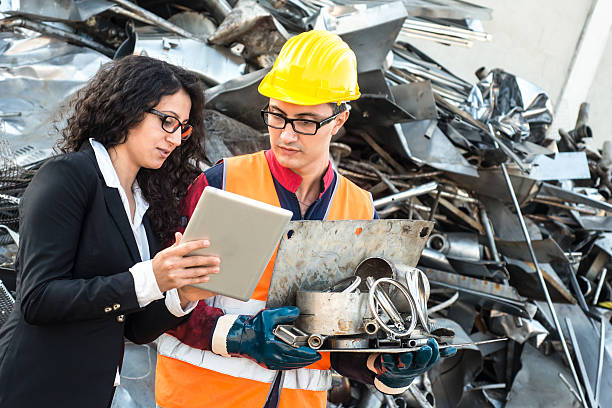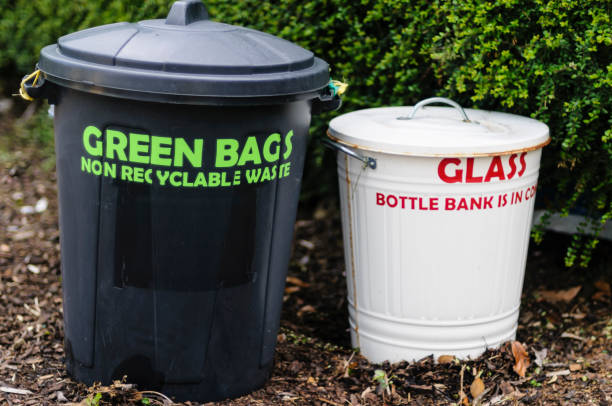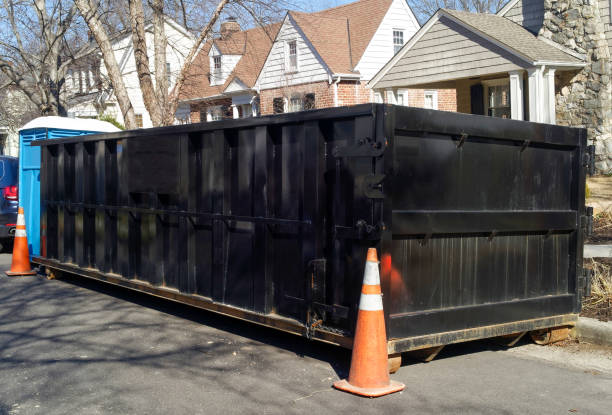How Do Scrap Yards Work?
This post contains affiliate links. This means I will make a commission at no extra cost to you should you click through and make a purchase. Read the full disclosure here.Scrap yards play a vital role in the recycling industry, contributing to the conservation of resources and reduction of waste. These facilities serve as a hub where various materials, such as metal, electronics, and automotive components, are collected, processed, and recycled. In this article, we will explore how scrap yards work and delve into the different types of scrap yards, the process they follow, and their environmental impact.
Introduction
Scrap yards are specialized recycling centers that act as intermediaries between individuals, businesses, and recycling facilities. They provide a convenient and efficient means for disposing of unwanted materials and contribute to the circular economy by extracting valuable resources from items that would otherwise be discarded.
What are Scrap Yards?
Scrap yards, also known as junkyards or salvage yards, are facilities that collect, process, and recycle various types of scrap materials. These materials may include metals like iron, steel, aluminum, copper, and brass, as well as electronics, automotive parts, and other recyclable items. Scrap yards serve as a bridge between those who want to get rid of their unwanted items and manufacturers who need raw materials for production.
Types of Scrap Yards
Automotive Scrap Yards
Automotive scrap yards focus primarily on salvaging and recycling components from vehicles that are no longer in use. They collect old cars, trucks, and motorcycles, and carefully extract valuable parts such as engines, transmissions, doors, and wheels. These parts are then refurbished, sold, or recycled to create new products.
Industrial Scrap Yards
Industrial scrap yards specialize in collecting and processing large quantities of scrap metal and other materials generated by industries, construction sites, and manufacturing facilities. They handle items such as steel beams, machinery, pipes, and equipment. Industrial scrap yards often use advanced machinery to process and sort these materials efficiently.
Electronic Scrap Yards
With the rapid advancement of technology, electronic scrap yards have emerged as a crucial part of the recycling ecosystem. They focus on collecting and recycling electronic devices such as computers, smartphones, televisions, and other electronic components. These yards ensure the proper disposal of electronic waste and extract valuable materials like precious metals and rare earth elements.
The Process of Scrap Yards
Scrap yards follow a well-defined process to handle incoming materials and prepare them for recycling. Let’s explore the key steps involved:
Collection and Sorting
The first step in the scrap yard process is the collection of various materials. This can be through drop-off points, scheduled pickups, or partnerships with businesses and individuals. Once collected, the materials go through a sorting process where they are categorized based on their type and quality. This step ensures efficient processing and facilitates the subsequent stages.
Inspection and Grading
After sorting, the materials undergo inspection and grading. Trained personnel assess the quality and suitability of each item for recycling or resale. The inspection includes checking for contamination, identifying hazardous substances, and determining the overall condition of the material. This step helps in establishing the value of the scrap and its potential for recycling.
Dismantling and Recycling
Once the materials are inspected and graded, the next step involves dismantling and recycling. Skilled technicians use specialized tools and equipment to disassemble complex items and separate different components. The recyclable parts are then processed further to extract valuable materials, while non-recyclable portions are disposed of responsibly. The extracted materials are then sold to manufacturers who use them as raw materials for new products.
Environmental Impact of Scrap Yards
Scrap yards have a positive environmental impact due to their role in recycling and resource conservation. By diverting materials from landfills and incinerators, they help reduce greenhouse gas emissions, save energy, and minimize the need for extracting virgin resources. Recycling metals, for example, reduces the energy consumption and emissions associated with mining and refining processes.
Benefits of Scrap Yards
Scrap yards offer several benefits to both individuals and the environment. Some of these advantages include:
- Providing a convenient and responsible way to dispose of unwanted materials.
- Generating income for individuals and businesses by buying and recycling scrap.
- Conserving natural resources by recycling materials instead of extracting new ones.
- Reducing energy consumption and greenhouse gas emissions associated with traditional manufacturing processes.
- Creating employment opportunities in the recycling and waste management sector.
The Role of Scrap Yards in Recycling
Scrap yards play a crucial role in the larger recycling ecosystem. They act as intermediaries between the suppliers of scrap materials and recycling facilities. By efficiently collecting, sorting, and processing scrap, they ensure that valuable resources are recovered and reintroduced into the production cycle. This closed-loop approach contributes to sustainability and helps build a more circular economy.
Final Thoughts
Scrap yards are essential for the effective management of waste materials and the promotion of recycling. By providing a centralized location for collecting and processing various types of scrap, these facilities facilitate the recovery of valuable resources and contribute to environmental sustainability. Their role in the circular economy is instrumental in reducing waste, conserving resources, and minimizing the impact of human activities on the planet.
FAQs
How do I find a scrap yard near me?
Finding a scrap yard near you is easy. You can use online directories or search engines to locate scrap yards in your area. Additionally, you can contact local waste management agencies or recycling centers for information on nearby scrap yards.
Can I sell any type of material to a scrap yard?
Scrap yards accept a wide range of materials, including metals (ferrous and non-ferrous), electronics, automotive parts, and more. However, it’s advisable to contact the scrap yard beforehand to inquire about the specific materials they accept and any requirements they may have.
How much money can I make by selling scrap to a yard?
The amount of money you can make by selling scrap to a yard depends on various factors, such as the type and quantity of materials you have, current market prices, and the policies of the scrap yard. It’s recommended to contact the yard directly and inquire about their pricing to get a better understanding.
Are scrap yards environmentally friendly?
Yes, scrap yards contribute to environmental sustainability by diverting materials from landfills and reducing the need for extracting new resources. Through recycling and responsible disposal practices, scrap yards help conserve energy, reduce greenhouse gas emissions, and minimize environmental impact.
Can I visit a scrap yard to see the recycling process?
Some scrap yards allow visitors, but it’s best to contact them in advance to inquire about their policies. Keep in mind that scrap yards prioritize safety and may have specific guidelines for visitors. Always follow the instructions provided by the yard staff during your visit.













